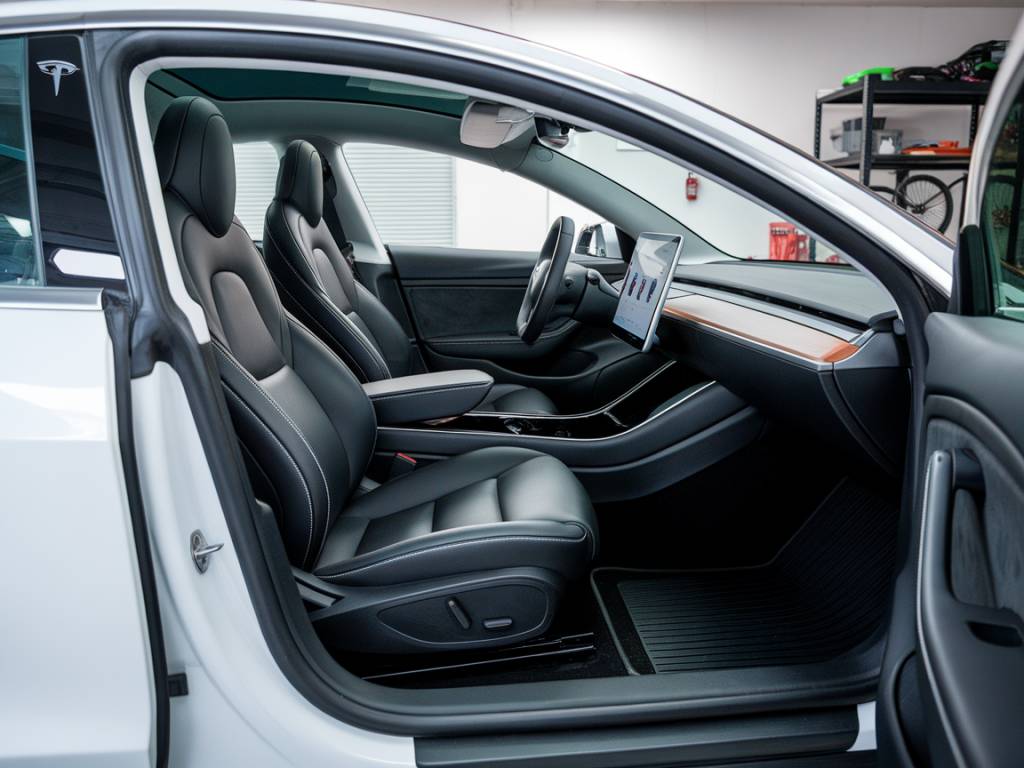Have you ever wondered which electric vehicle (EV) takes the crown for popularity in Europe? The EV market is rapidly evolving, and what was trendy last year might not be the winner in today’s fast-paced environment. We’re delving into the world of EVs to find out which model stands out among the rest. In this analysis, we’ll explore the leading electric vehicle in Europe, dissect its features, and understand why it’s adored by drivers across the continent.
The EV Giant: Tesla Model 3
When it comes to popularity and sheer visibility, the Tesla Model 3 continues to reign supreme in the European EV market. This sleek sedan has captivated the masses with its commendable blend of performance, range, and technology. But what exactly makes it the apple of Europe’s eye?
Tesla, a pioneer in the electric car industry, has built a strong brand reputation that fuels the Model 3’s sales. With its established charging network and the promise of software updates that consistently improve the vehicle over time, it’s no wonder the Model 3 appeals to tech-savvy consumers. The autopilot feature, while controversial, sparks curiosity and conversation, adding to the allure.
A Close Contender: Volkswagen ID.3
If there’s one competitor that poses a significant challenge to Tesla’s dominance, it’s Volkswagen’s ID.3. Built on Volkswagen’s MEB platform, this hatchback is tailor-made for the European market. But what makes it a favorite among EV enthusiasts?
The ID.3’s design is compact and versatile, appealing to urban drivers who need a nimble vehicle to navigate tight city spaces. Competitive pricing combined with European sensibilities in design and comfort has helped the ID.3 swiftly gain traction. Fun fact: Did you know the ID.3 was nicknamed the « people’s EV » by Volkswagen themselves?
Honorable Mentions
While the Model 3 and ID.3 steal much of the limelight, several other EVs are worth mentioning due to their popularity and unique features.
- Renault Zoe: Often credited as one of the first affordable electric cars in Europe, the Zoe has a loyal fan base. Its compact design, efficiency, and practicality make it a popular choice, especially in urban areas.
- Nissan Leaf: A pioneer in the electric car sphere, the Leaf offers a familiar design with practical features. It’s often praised for its reliability and efficiency.
- Hyundai Kona Electric: Known for its impressive range and versatility, the Kona Electric offers a crossover option in the electric realm, which appeals to those looking for a bit more space.
Technology and Range: Key Factors in Popularity
The battle for EV supremacy is fought on the grounds of technology and range. European consumers, much like their global counterparts, prioritize these factors when selecting an electric vehicle. For each manufacturer, software and hardware innovations can be the tipping point that sways a buyer’s decision.
Take Tesla, for instance. The Model 3’s software updates not only fix bugs but also introduce new features, keeping the excitement alive for owners. On the other hand, Volkswagen’s ID.3, with its emphasis on sustainable manufacturing and eco-friendly credentials, appeals to the environmentally conscious European buyer.
Infrastructure’s Role in EV Choice
Europe’s infrastructure for electric vehicles also plays a crucial role in shaping consumer preferences. In countries like Norway, where EV incentives are robust and charging stations are ubiquitous, consumers may lean towards different models than in areas where such infrastructure lags.
Tesla’s extensive Supercharger network undoubtedly gives it an edge, but other manufacturers are catching up, with partnerships and investments aimed at expanding the charging infrastructure across Europe. Could this level the playing field in the near future? Only time will tell.
The Impact of Government Policies
European government policies, which often vary from country to country, greatly influence EV popularity as well. Countries with aggressive subsidies and incentives for electric vehicles tend to see a higher penetration of EVs.
For example, Norway’s zero road tax for EVs and free public charging have catapulted the adoption rates, benefiting models that adapt swiftly to market demands. Consequently, manufacturers pay close attention to these policies when strategizing market penetration. Could a shift in policy dethrone the current champion? It’s a question manufacturers must consider continuously.
Driving Experiences and Consumer Preferences
Beyond pure statistics and technology, the driving experience remains a pivotal factor. European drivers often look for distinctive elements such as performance, comfort, and aesthetic appeal in their EVs. The Tesla Model 3’s minimalist interior might allure some, while others could prefer the tactile buttons and familiar interface of a Volkswagen.
This diversity in consumer preferences highlights the importance of variety in the EV market. The ability to cater to different tastes and needs is vital for any manufacturer hoping to rise to the top.
In conclusion, while the Tesla Model 3 currently stands as the most popular electric vehicle in Europe, the dynamic nature of the automotive market means that contenders like Volkswagen’s ID.3 and others are never far behind. Consumer preferences, coupled with technological advancements and changing policies, ensure that the landscape remains exciting and ever-evolving. Which EV will capture Europe’s heart next? We can only watch this space with bated breath.




